PPT-European Economies SS6E5, SS6E6, & SS6E7
Author : cheryl-pisano | Published Date : 2018-12-18
Economic Basics SS6E5 Economics is the study of how a market makes distributes and consumes products and services It is how these markets answer the basic economic
Presentation Embed Code
Download Presentation
Download Presentation The PPT/PDF document "European Economies SS6E5, SS6E6, & S..." is the property of its rightful owner. Permission is granted to download and print the materials on this website for personal, non-commercial use only, and to display it on your personal computer provided you do not modify the materials and that you retain all copyright notices contained in the materials. By downloading content from our website, you accept the terms of this agreement.
European Economies SS6E5, SS6E6, & SS6E7: Transcript
Download Rules Of Document
"European Economies SS6E5, SS6E6, & SS6E7"The content belongs to its owner. You may download and print it for personal use, without modification, and keep all copyright notices. By downloading, you agree to these terms.
Related Documents

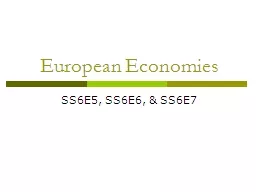
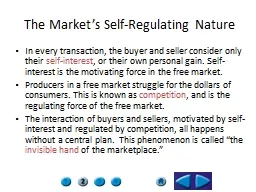
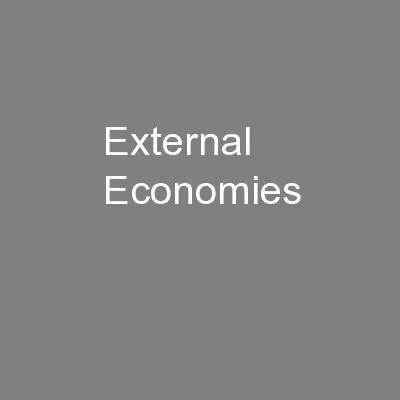
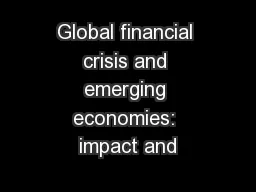
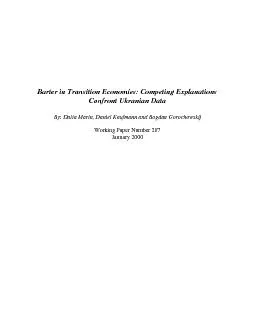
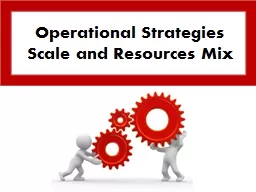
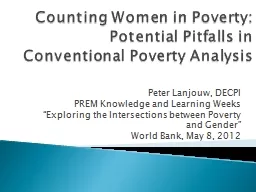

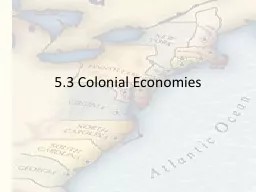
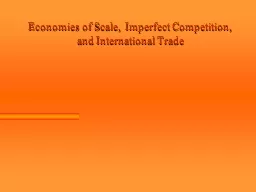

![[ 2.3 ] Centrally Planned](https://thumbs.docslides.com/589397/2-3-centrally-planned.jpg)

